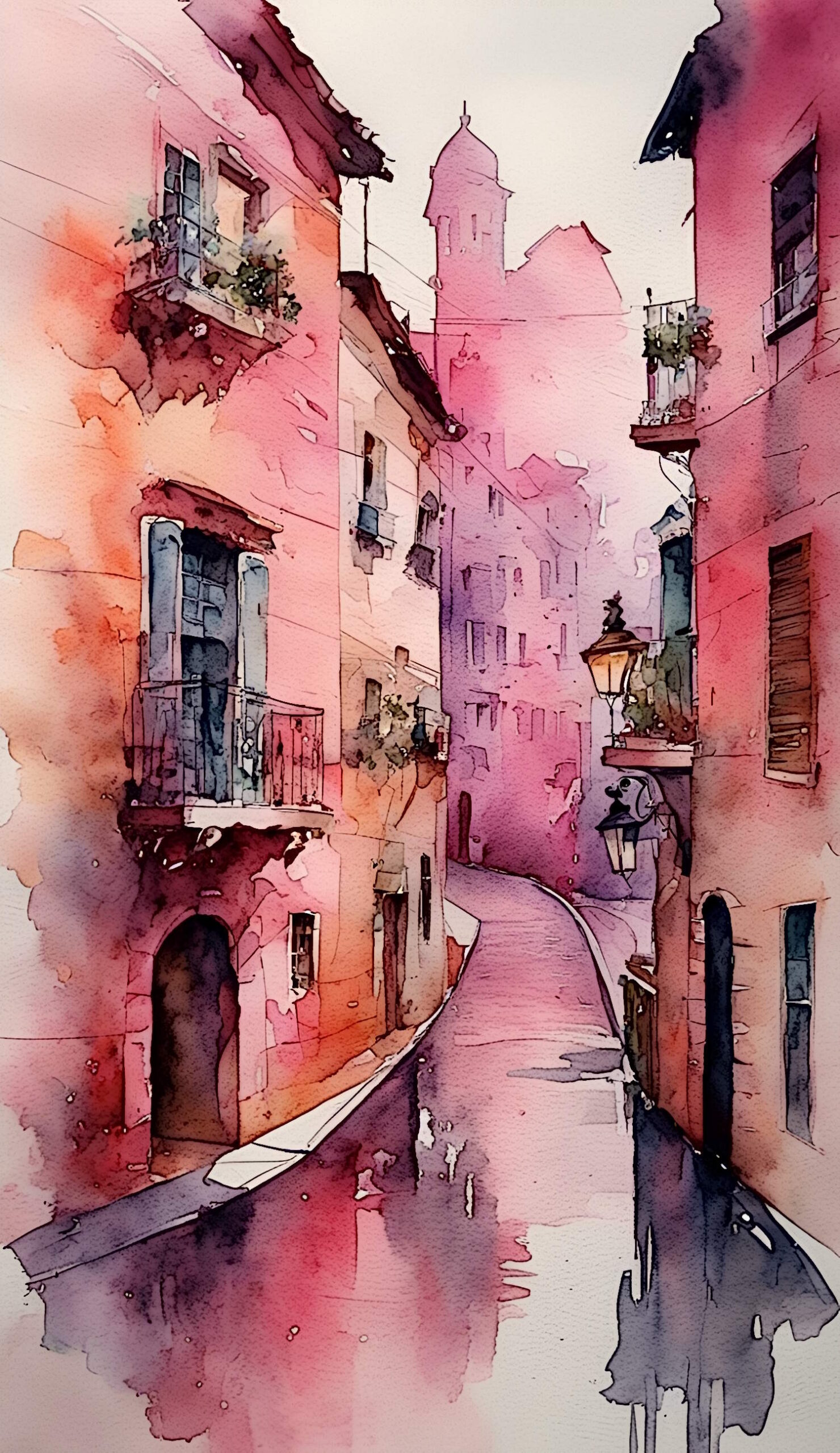What kind of shoes did the Romans wear and how did they make their shoes? The answer to that question(s) is simple. They made and wore primarily sandals. Fashionable right?
Yet unlike today, almost all shoes were made on strips of wood, which were a kind of simplified model of the human foot. They were used to assemble and form the individual parts of the shoe. The individual parts of the shoe were glued, nailed or sewn. For the soles Roman's used a piece of strong cow skin; for the other parts it was common to use sheepskin, goat and calf. Colored leather was also used for a more trendy touch. In addition to black, for example, there were red, white and yellow shoes. Today the remains of skin are almost always black, due to the time spent in the soil.
In most cases, the outsole was nailed to protect against wear and for better cohesion. The iron nails were fixed on the base template. The type of nailing depends on the taste of the buyer, in addition to the use and the type of shoes. Shape and technique of Roman sandals have evolved over time and can therefore serve as an aid for archeologist when dating them.
The shoes that have been found and the representations of in mural painting, sculptures and other forms of art show that there are many different types of shoes. The most important are:
- Closed toed shoes
- Carbatinae
- Strap sandals
- Caligae is the name given leather sandals, worn by legionnaires and members of the Roman auxiliary bodies. They were formed by a sole and leather straps that were tied in the center of the foot and at the top of the ankle. In military use the soles were studded with iron nails in order to reinforce them, improve the traction of the foot and "arm" them, that is, allow the soldier to inflict damage by kicking them.
- Sandals With Toe Straps
All these styles were worn at the same times and apparently women, men and children wore the same types of shoes. Social differences were probably not in the form, rather in the value of the material.
Closed toed shoes form the main part of the shoes that have been found so far. There are many variations of these shoes, in which the foot is tightly surrounded by a piece of leather sewn into the toes or on the side of the top. Sole and instep are rarely found together because they were joined by nails and these have often been lost.
Shoes called Carbatinae were made of a single piece of leather. The basic pattern varies a bit, but essentially it always follows the same pattern. The leather is sewn into the heel and cut to the sides in the loops. It was then laterally bent and tied with a lash through the loops. This type of shoe can be made quite simply and it is possible that it was made not only by qualified shoemakers, but also by the laity.
Strap sandals (called Caligae) come in two variants: there are those that end above the ankle and were nailed. These types of sandals were used by the soldiers. On the other hand there is the type used by adults and young people which ended below the ankle and were not always nailed. The Caliga consists of three parts: between sole and insole there is an added third insole, which is cut along with the leather upper. That top was cut into ribbons, that made up the lashing for the sandal. The three parts were then joined; the upper, lower and middle were nailed together in tight rows. Often, the arch of the foot, however, strives for three nails. The upper part is closed on the heel, the joint is protected internally and externally by a strip of leather. The loops which are then formed are joined by a leather strap.
Simple Roman sandals are still used today.
The shape of the sole mimics the foot and the toes are sometimes marked by incisions. It consists of a maximum of four layers of sewn leather. The toe strap is fixed on a loop, which is located in the insole between the big toe and the second. The method of fixing them and heel varies by design.
It is safe to say that through their long tradition and improvement throughout the ages our modern footwear owes a great deal to the innovation that came from Roman cobblers.

